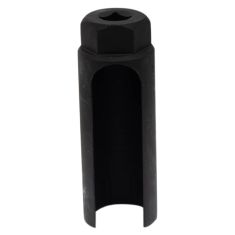1AEEM00726-Toyota Camry Solara Exhaust Manifold Catalytic Converter Assembly Dorman OE Solutions 674-975

Replaces
Toyota Camry Solara Exhaust Manifold Catalytic Converter Assembly Dorman OE Solutions 674-975

Frequently bought together
Product Reviews
Loading reviews
There are no reviews for this item.
Customer Q&A










